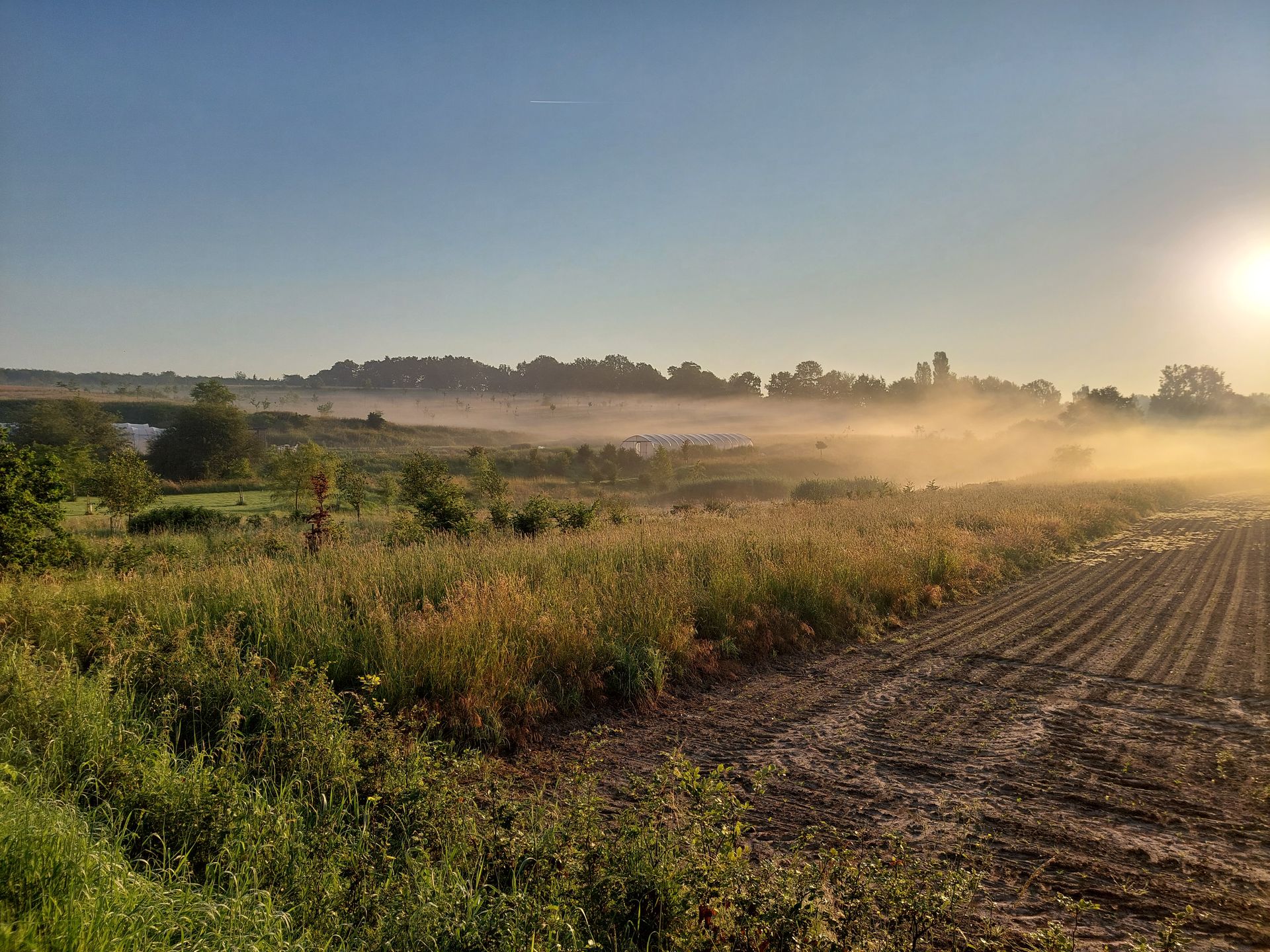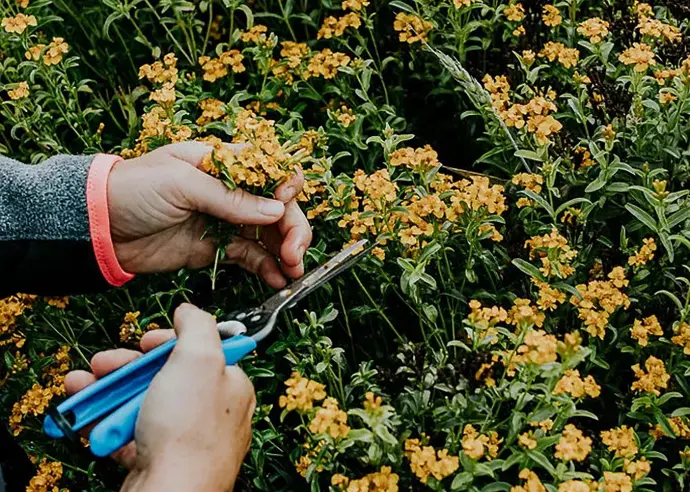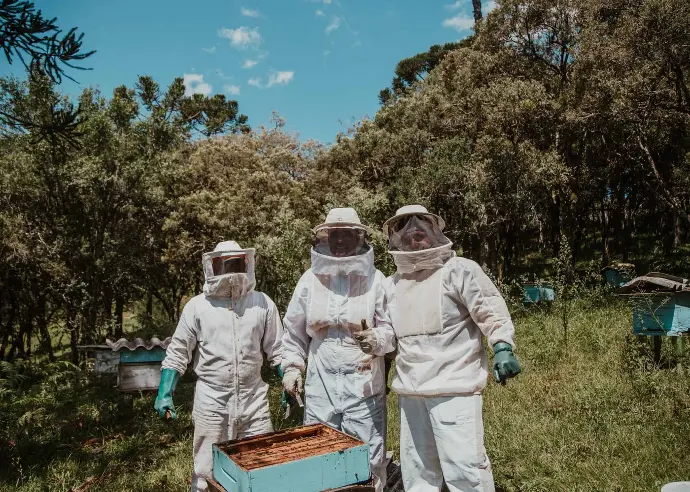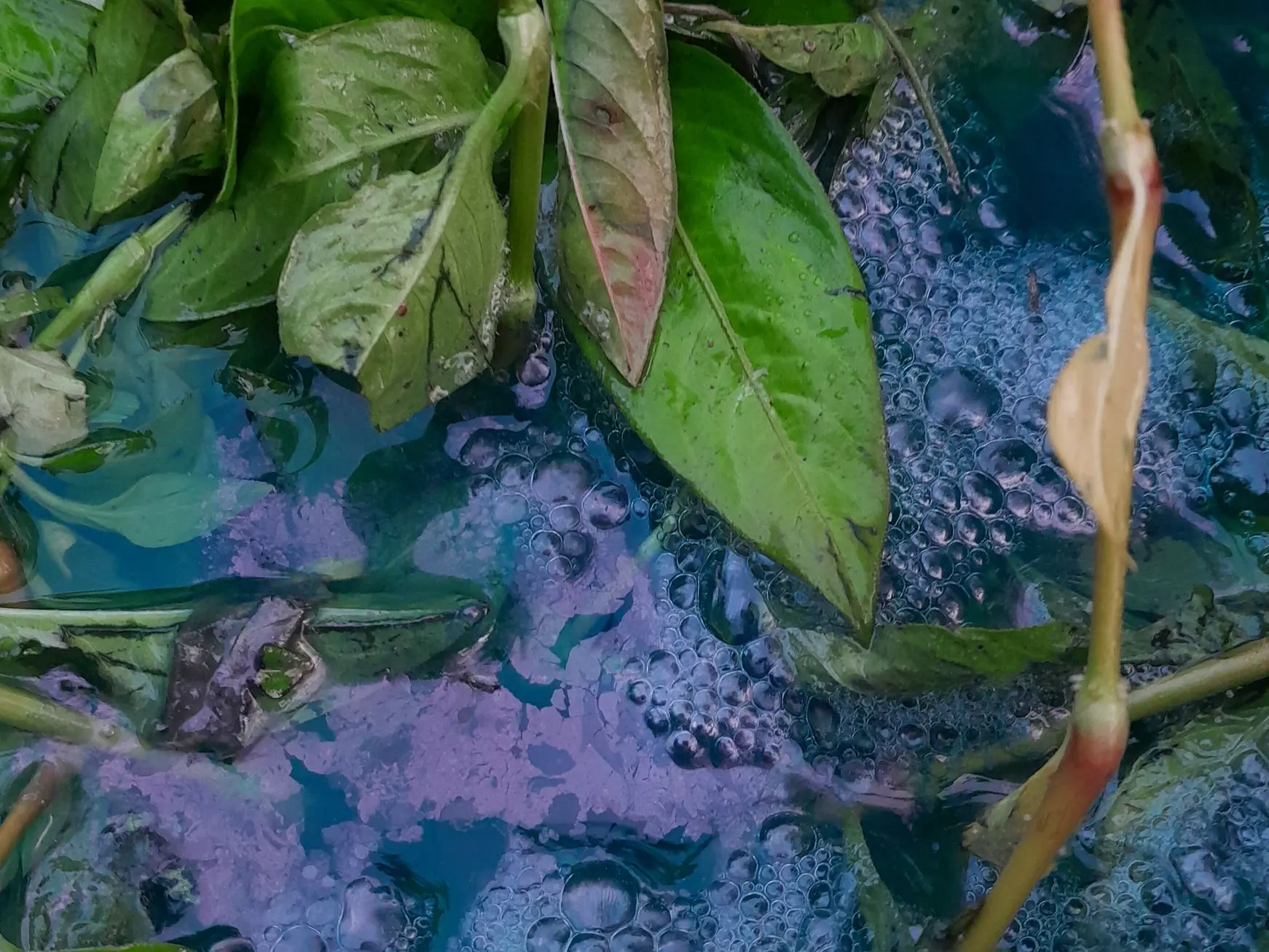Cultivate the land with serenity
|
In Foster’s domain, you have 30 hectares of land meant to welcome farmers and small breeders:
- Market gardeners on 2 ha
- breeders over 8 ha
- a orchard on 4 ha
- crops on 20 ha
- Beekeepers
- herbalists, etc.
A few studies have been carried out with the help of agronomic engineers to replant the orchard with tall trees, old fruit species including apples, pears, peaches, cherries, and shadbushes, etc.
The large area of agriculture uses Organic Regenerative methods. This area is divided into 3 or 4 parcels to continue agroforestry practices by planting hedges and trees for forestry production.
The crops will be offered for consumption and transformation to Farmers’ loyal customers as well as for other Foster’s residents et surrounding consumers.
The fruit of the harvest can supply the loyal customers of the farmers but also provide for the other residents of Foster and the consumers living in the surrounding area.

SOUTH-FACING AND SHELTERED FROM THE WIND
The South-facing orientation favours crop growing.
The domain is also sheltered from the wind thanks to its bowl-shape configuration.

SHARED FACILITIES
A market gardener lives on site to ensure surveillance.
Due to the presence of several farmers, the tools, machines, and protections can be shared on good terms.

AVAILABILITY OF NATURAL WATER
Foster is proud to have its own water sources and its own rainwater recovery system to supply both crops and farm residents.
Modern economical watering systems are available on site.

MARKET GARDENING
The soil particularly favours vegetable crops, such as asparagus, artichokes, radishes, parsnips, Chinese artichokes, garlic, etc.
Foster offers smaller parcels for smaller productions with high added value such as edible flowers – nasturtium, saffron, garlic flower, fennel flower, pansy, etc.
A garden dedicated to aromatic herbs is situated right next to the farm, close to the restaurant. By next spring, you can expect to find there chives, tarragon, sage, thyme, bay tree, chervil, rosemary, coriander, mint, etc.
CROP GROWING
Foster’s arable land represents 20 ha. It can accommodate many varieties of crops growing thanks to its South-facing orientation and to its water supply.
The agronomists who worked with Foster recommend cereal growing, especially forgotten cereals like spelt, millet, barley, lucerne, rye, etc.


ORCHARD AND RED BERRIES
One orchard of tall fruit trees has been planted at the beginning of the renovations. Apple and pear trees will be planted in a few years. There is still room for some test crops. For the moment we are testing some old peach trees which are resistant to ground frost.
The sloping nature of the land makes it ideal for growing red fruit on stalks, such as redcurrants, wild strawberries, raspberries, blackcurrants, blackberries, bilberries, and cranberries.
|
They are part of the Foster’s adventure.
FLORAL FARM
Stéphanie de Bellefroid, creator of Capucine à table, has settled in Foster to cultivate her range of aromatic herbs and edible flowers with delicate fragrances. She supplies the top chefs in Belgium, including the chef of Màloma based in Foster.
Her productions are for sale on the lands of Foster. She also organises visits and workshops for individuals. Her workshops are, of course, part of our "Made in Foster" team-building activities catalogue.S
LOOKING FOR HONEY AND BEES

We are looking for bees and loving beekeepers by the way to facilitate the pollination of Foster’s various flowers, herbs, and crops, we are looking for apiculturists willing to set up their hives and swarms in the middle of the domain.
We already have a resident beekeeper who takes care of the multicoloured hives and whose bees delight visitors with honey and mead.
We also offer in our "Made in Foster" activities brochure a guided tour of the beehives in complete safety.
DYE GARDEN
Gabriel Beaulieu cultivates a dye garden where the main plant is indigo persicaria - the natural pigment that forms the basis of that unique blue of jeans.
It is possible to come and visit or to take a course at the gardens to learn more about the cultivation of dye plants. Gabriel's plants are sometimes used for dyeing fabrics but also for making vegetable inks for drawing.
Gabriel's workshops are offered to companies that spend the day in a green setting in Foster.